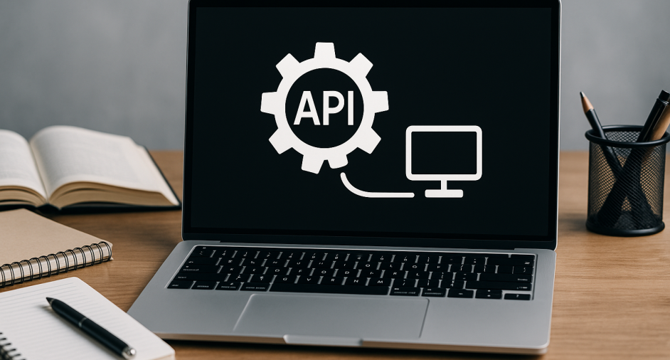Unite
2w
405

Image Credit: Unite
Guide to Understanding, Building, and Optimizing API-Calling Agents
- API-calling agents are AI tools that leverage Large Language Models (LLMs) to interact with software systems via APIs, transforming them into useful intermediaries.
- Companies use API-calling agents in consumer applications, enterprise workflows, and data retrieval and analysis to automate tasks and enhance efficiency.
- The article focuses on understanding, building, and optimizing API-calling agents using an engineering-centric approach.
- Key definitions include API, Agent, API-Calling Agent, and MCP (Model Context Protocol) for effective development of AI agents.
- The core task of an API-calling agent involves translating natural language into precise API actions, requiring intent recognition and parameter extraction.
- Architecting the solution involves defining tools for the agent, using Model Context Protocol (MCP), and selecting agent frameworks for implementation.
- Engineering for reliability and performance necessitates creating high-quality datasets, validating datasets, and optimizing agent prompts and logic.
- A systematic workflow is recommended for developing effective API agents, including clear API definitions, standardizing tool access, implementation, dataset creation, and optimization.
- The article provides an illustrative example of the workflow, highlighting steps from API definitions to agent implementation and dataset curation for evaluation.
- By integrating structured API definitions, standardized tool protocols, meticulous data practices, and systematic optimizations, engineering teams can enhance their API-calling AI agents.
Read Full Article
24 Likes
For uninterrupted reading, download the app